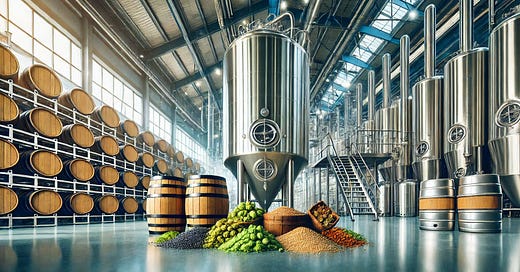Diverticulitis is common, but it is commonly mistaken for irritable bowel syndrome. Some symptoms may be similar, but it is a very different condition. And despite being a disorder of the digestive system, the role of diet has always been and remains a debatable issue, and the advice offered confused and conflicting.
Before the 1900s, diverticular disease was almost unheard of. By the 1960s and 1970s, it had become yet another disease of Western civilisation. Almost all chronic diseases follow a similar pattern: they start off rare, become more common, and eventually become normalised.
Diverticulitis is classified as a diverticular disease, involving the presence of diverticula. Diverticula are small pouches that develop in the colon and protrude outwards. Most usually appear towards the rectum, on the lower left-hand side.
If there are no symptoms, the presence of diverticula is called diverticulosis. No treatment is required. When the diverticula become inflamed and cause pain, the condition becomes diverticulitis. Approximately 10-25% of people with diverticulosis will go on to develop diverticulitis.
Other symptoms include nausea and constipation and/or diarrhoea. There may also be some bleeding, if a blood vessel bursts in the wall of the pouch. Sometimes there is also fever.
Like IBS, there is often lower abdominal pain, bloating, and lots of gas, symptoms that are often relieved by a bowel movement.
If the diverticula become infected, antibiotics may be required. Serious complications that may develop include blockage of the colon and perforated bowel, causing an abscess to form, which may require surgical treatment.
Diverticular disease is increasing in prevalence around the world. Now, approximately half of the UK population have them by the age of 50, a figure that rises with age.
Precisely how diverticulosis progresses to diverticulitis is not known. You can’t ignore diet, though health advisers often do.
Diverticulitis and diet
Start looking around online for dietary advice to manage diverticulitis and you may lose yourself in confusing and conflicting guidance, though more often than not you will be advised to eat lots more fibre.
Keep reading with a 7-day free trial
Subscribe to Your Nutritionist Recommends to keep reading this post and get 7 days of free access to the full post archives.




